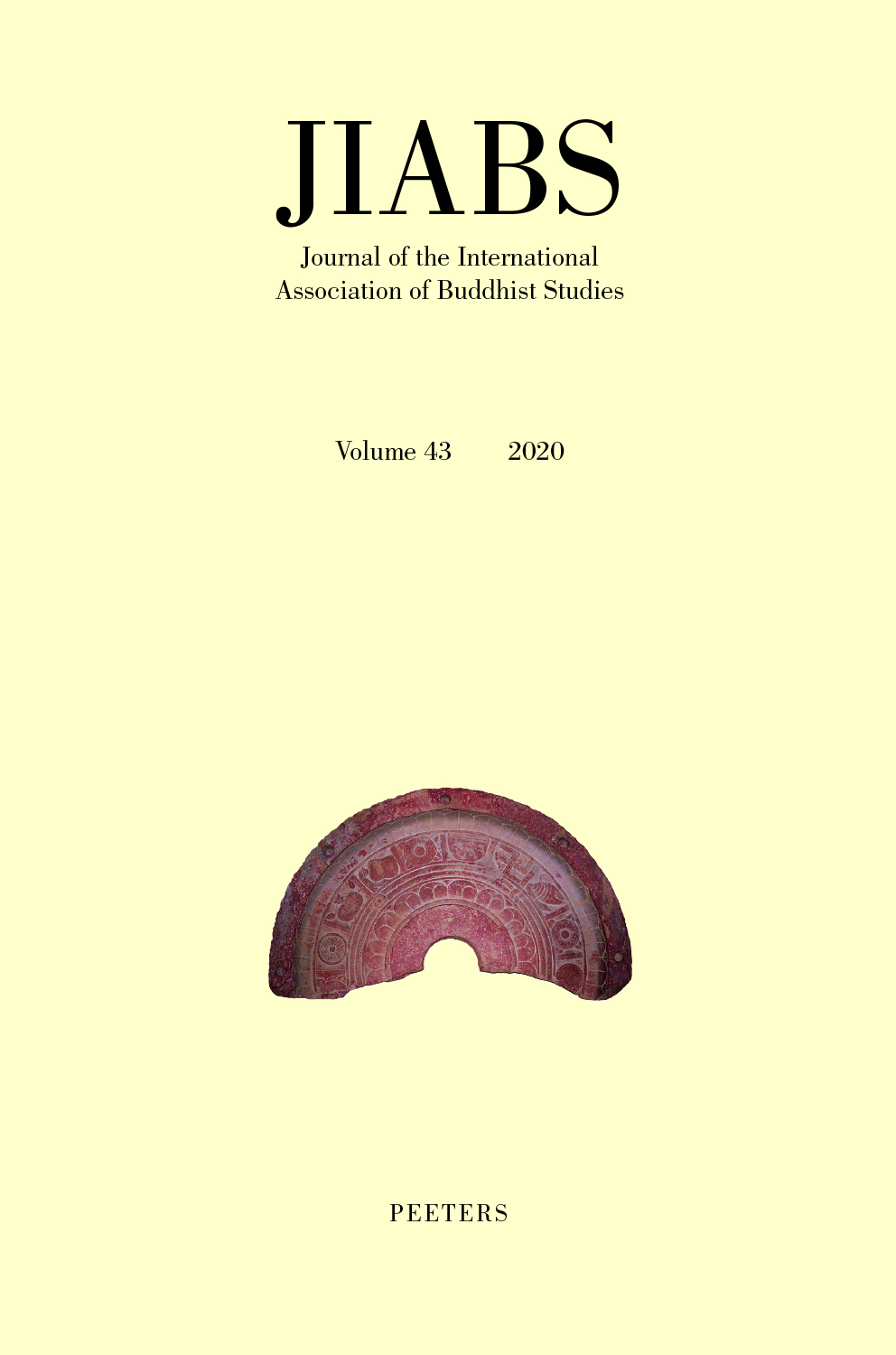 previous article in this issue previous article in this issue | next article in this issue  |

|
Document Details : Title: Ritual and Worship in Medieval Chinese Buddhism Subtitle: On Mañjuśrī's Formless Worship as Reflected in the Dunhuang Material Author(s): SØRENSEN, Henrik H. Journal: Journal of the International Association of Buddhist Studies Volume: 44 Date: 2021 Pages: 485-525 DOI: 10.2143/JIABS.44.0.3290300 Abstract : This essay concerns a ritual text, the Wuxiang li 无相礼 [Formless Worship], of which several copies have been found among the Dunhuang (敦煌) manuscripts. The study begins by identifying the earliest Chinese Buddhist material in which the concept of formlessness occurs and goes on to a discussion and analysis of various possible source-texts in the Buddhist canons, including commentaries from both Esoteric Buddhism (Chin. mijiao 密教) and the Huayan (華嚴) tradition. Following this, the link between the formless precepts of Chan Buddhism (禪宗) and the Formless Worship is explored at some length, and it is concluded that the two originated more or less at the same time. This indicates that the concept of formlessness to a greater or lesser extent was probably incorporated within ritual practices in Chinese Buddhism, across sectarian divides rather than as a practice unique to the Chan tradition. One may therefore speak about the Formless Worship and its take on the practice of formless worship as signalling the coming into existence of a transcendental and non-dualistic approach to ritual practice in late medieval Buddhism in China. The essay includes a fully annotated translation of one of the copies of the Formless Worship, namely that of BD 8371 (1). |
 |
